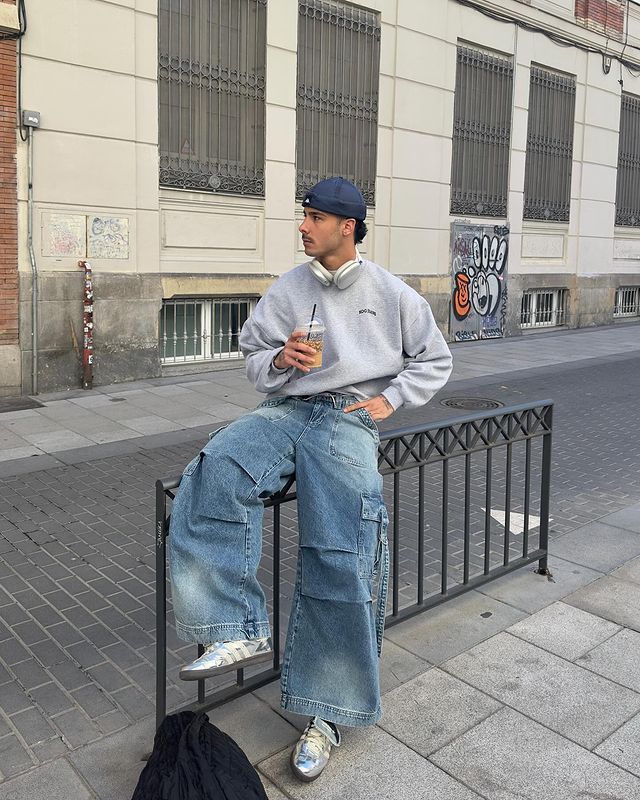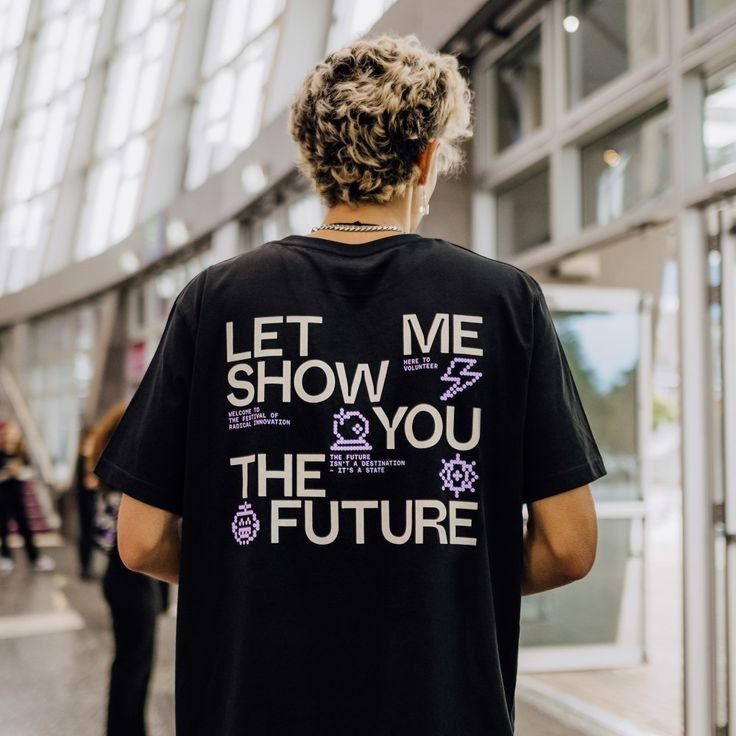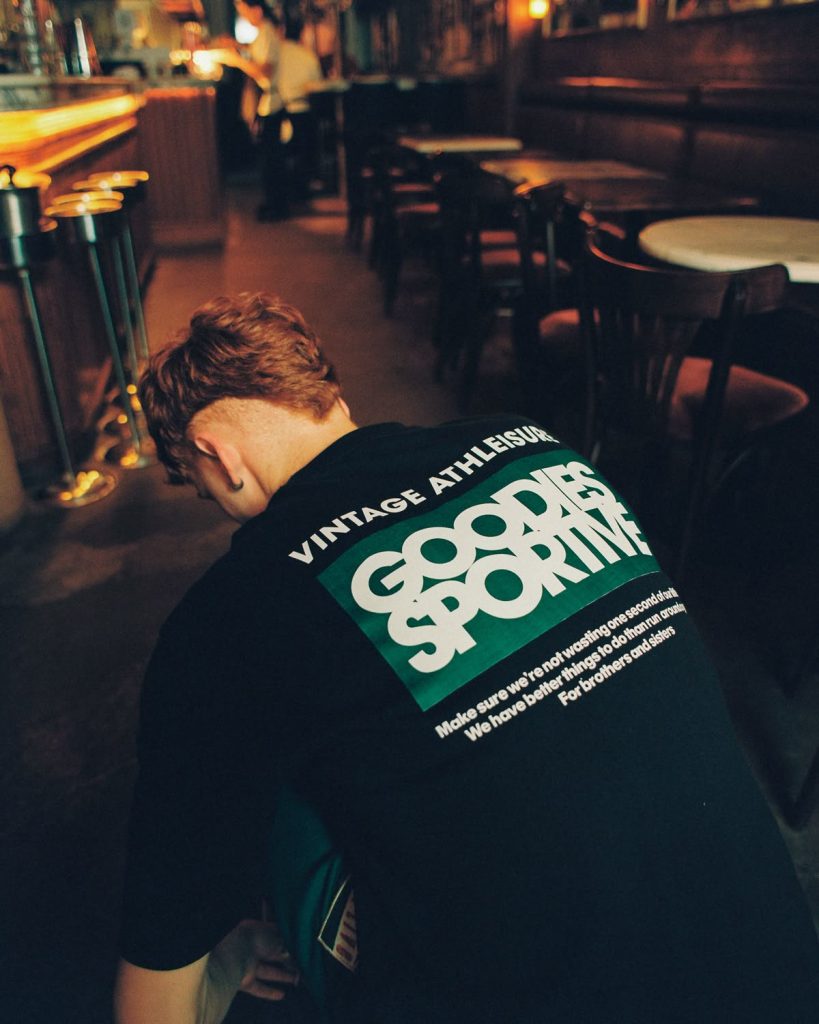Introduction – The Language Woven into Fabric
Clothing has never been just about covering the body. For centuries, it has served as a silent yet powerful form of communication, transmitting messages about identity, culture, emotion, and even political stance. In 2025, the dialogue between fashion and meaning has reached new heights, blending traditional craftsmanship with innovative technology to create garments that speak without uttering a single word. This phenomenon, which we can describe as “signal and stitch,” is about how every thread, pattern, and embellishment acts as a vocabulary of style—one that tells a story before you even introduce yourself.
Fashion as a Visual Language
Every outfit carries a message, whether intentional or subconscious. The cut of a jacket, the choice of fabric, or the color palette can reveal confidence, rebellion, professionalism, or nostalgia. In many cultures, traditional attire signals heritage and values, while modern streetwear might communicate a connection to urban culture or digital trends. The signals embedded in clothing often operate like a dialect—understood clearly by those who share the cultural or social context, yet interpreted differently by outsiders.
Cultural Codes in Design
Throughout history, garments have acted as cultural signposts. From intricate Japanese kimonos that carry symbolic motifs to West African kente cloth woven with colors that signify proverbs and lineage, fashion has been a vessel for preserving and transmitting meaning. In 2025, these cultural codes have not disappeared—they have evolved. Designers are reinterpreting them, blending ancient weaving techniques with futuristic silhouettes, ensuring that the messages of the past remain relevant while opening space for new interpretations.
Personal Identity and Self-Expression
Clothing operates as a wearable biography. A carefully chosen outfit can express one’s personality, affiliations, or aspirations. A vintage band T-shirt might signal musical loyalty, while a tailored blazer with sustainable fabric hints at a blend of professionalism and environmental consciousness. In the “signal and stitch” approach, garments become an extension of selfhood—every seam chosen with the intent of telling the world something about the wearer.
Political and Social Messaging Through Fashion
Fashion has often been at the forefront of activism. From suffragette white dresses in the early 20th century to the “Black Lives Matter” T-shirts of recent years, clothing has been used to amplify political voices. In 2025, this form of communication has expanded through wearable tech—garments that display dynamic messages, change colors based on events, or incorporate QR codes linking to causes. The act of dressing becomes a conscious decision to participate in societal discourse.
Technology’s Role in the Modern Stitch
The integration of technology into textiles has created new layers of communication. Smart fabrics can monitor environmental changes, light up in certain conditions, or respond to biometric data. Imagine a jacket that shifts its color palette based on your emotional state or a shirt that subtly changes its pattern when you enter a particular social space. These innovations transform fashion into an interactive language, one that reacts and adapts to both the wearer and the audience.
Globalization and Cross-Cultural Signals
In today’s interconnected world, clothing is a melting pot of influences. A single outfit might combine Scandinavian minimalism, Japanese streetwear details, and African print fabrics. This cultural fusion creates rich, layered messages that transcend borders. However, it also raises questions about cultural appropriation versus appreciation, making the decoding of these signals a more complex and sensitive process.
The Emotional Power of Textiles
Beyond their visual language, clothes carry emotional resonance. The feel of a soft cashmere sweater, the weight of a handwoven scarf, or the crispness of a freshly tailored suit all evoke feelings that go beyond aesthetics. This sensory dimension amplifies the communicative power of clothing—making “signal and stitch” not only about what is seen, but also about what is felt.
Conclusion – Wearing Your Story
In a world where words are often fleeting and attention spans are short, clothing remains a steadfast communicator. Every garment is a sentence, every accessory a punctuation mark, and every ensemble a chapter in the ongoing story of selfhood. The concept of “signal and stitch” reminds us that we are all, in some way, wearing our narratives. Whether consciously curated or spontaneously chosen, what we put on each day speaks volumes. In 2025 and beyond, the interplay between fabric and meaning will continue to evolve—ensuring that fashion remains one of humanity’s most enduring and expressive languages.




